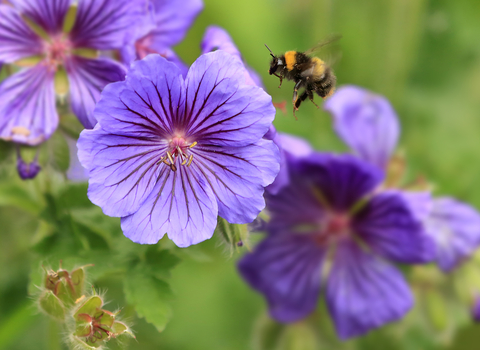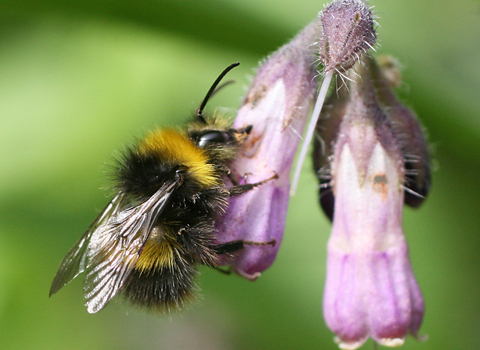
Early Bumblebee ©Jon Hawkins/Surrey Hills Photography

Early Bumblebee ©Penny Frith
Early bumblebee
One of our prettiest and smallest bumble bees, the early bumblebee has a bright orange tail and lemon-yellow bands on its body. It is very common and can be found in all kinds of habitats in early spring.
